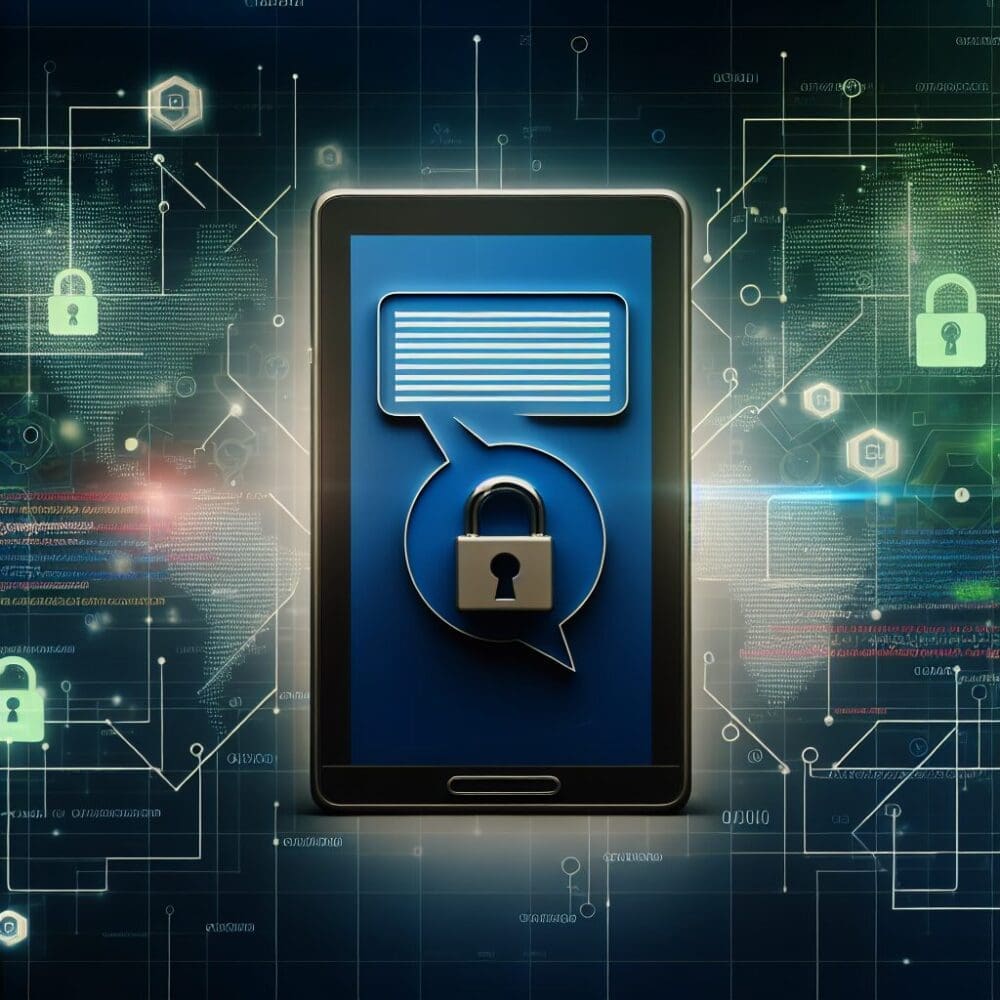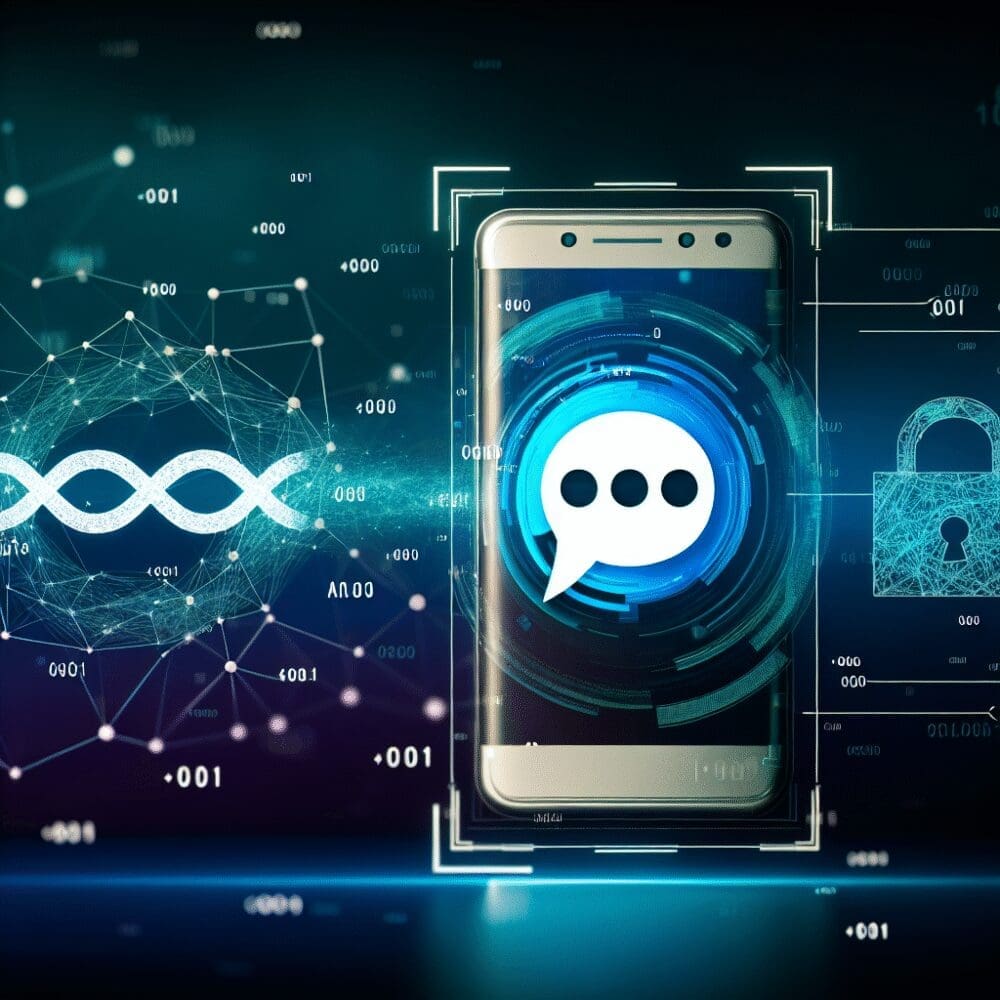“`html
Understanding WhatsApp’s Safety and End-to-End Encryption Explained
In the digital age, where privacy concerns are at an all-time high, understanding the safety features of the apps we use daily is crucial. WhatsApp, one of the world’s most popular messaging apps, has consistently prioritized user privacy through its robust end-to-end encryption. But what exactly does this mean, and how does it impact your data safety? This article explores these questions, diving into WhatsApp’s security mechanisms and their implications for users worldwide.
What is End-to-End Encryption?
End-to-end encryption (E2EE) is a method of data transmission where only the communicating users can read the messages. It ensures that messages are encrypted on the sender’s device and only decrypted on the recipient’s device, preventing interference from third parties.
How Does End-to-End Encryption Work?
- Data encryption begins on the sender’s device, where the message is turned into a scrambled format that is unreadable in transit.
- Each message is encrypted with a unique key, which is only retrievable by the recipient’s device.
- Once the encrypted message reaches the recipient, the recipient’s device decrypts it back to its original format.
This process ensures that even if a message is intercepted mid-transit, it cannot be deciphered without the specific key held by the recipient.
WhatsApp’s Approach to Safety
WhatsApp has been at the forefront of adopting end-to-end encryption for ensuring user privacy. Here is how WhatsApp implements these features:
Encryption Across Platforms
WhatsApp’s end-to-end encryption is available on all platforms where the app is available, ensuring consistent protection regardless of whether you’re using an iOS, Android, or desktop device.
No Backdoors
WhatsApp has repeatedly emphasized that it does not provide backdoor access to government authorities or any third parties. This commitment means that even WhatsApp’s own employees cannot access the contents of a user’s messages.
Double Encryption Layer
- Individual and group chats are protected with a double layer of encryption.
- Each message sent is unique, carrying a different encryption key tailored to that message alone.
Why is Encryption Important?
Encryption is more than just a privacy feature; it is a necessary component of maintaining trust in digital communications. Here’s why:
Protecting Sensitive Information
Whether discussing personal matters or sharing work-related data, encryption safeguards sensitive information from potential leaks or attacks.
Preventing Unauthorized Access
- Secures against eavesdropping: With E2EE in place, hackers cannot eavesdrop on your conversations.
- Guards personal data: Prevents unauthorized access to photos, videos, and documents shared through the app.
Challenges and Misconceptions
While end-to-end encryption provides numerous benefits, it is not without its challenges and misconceptions:
Misuse of Encryption
Critics argue that E2EE can be exploited by those intending harm, facilitating hidden communications for illicit activities. However, the benefits of privacy and security for billions of everyday users typically outweigh these risks.
Data Backup Concerns
Even with end-to-end encryption, certain aspects like cloud backups may not retain the same level of encryption, posing potential vulnerabilities if not managed properly.
WhatsApp Safety Tips
To further enhance your security on WhatsApp, consider the following tips:
- Enable Two-Step Verification: Adds an extra layer of protection to your account.
- Regularly Update the App: Ensures access to the latest security patches and features.
- Monitor Linked Devices: Regularly review devices linked to your WhatsApp account to prevent unauthorized access.
- Be Cautious with Links: Beware of unsolicited messages or links that could be phishing attempts.
Conclusion
WhatsApp’s commitment to end-to-end encryption is a testament to its mission of prioritizing user privacy and security. As users, understanding how this technology protects our information can empower us to make more informed decisions about our digital communications. By continuing to explore the evolving landscape of digital privacy, we can better navigate and protect our presence in the online world.
“`



